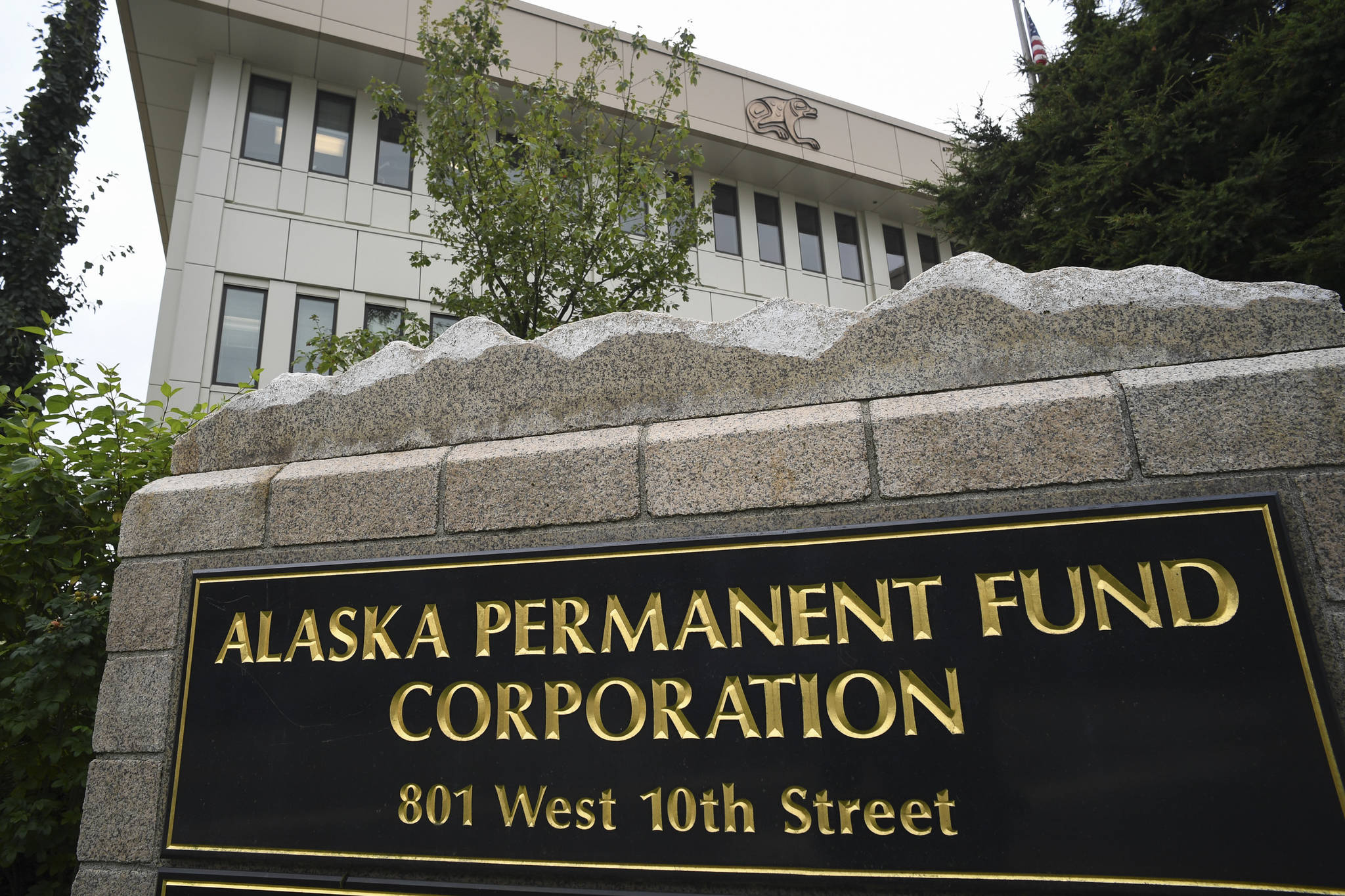A majority of Alaskans will wake up Thursday morning $1,606 richer as the Alaska Permanent Fund dividend check is distributed across the state.
The PFD check means different things to different people. For some, the annual check means a new TV, help with bills or the ability to make ends meet.
Researchers are finding that the check also impacts many aspects of socioeconomic life in Alaska.
Researchers at the University of Alaska Anchorage are beginning to understand how the annual check impacts residents’ behavior and spending habits.
At the University of Alaska Anchorage’s Institute of Social and Economic Research, social scientists are analyzing “the causal effect” of the PFD on a variety of socioeconomic outcomes, including employment, consumption, income inequality, health and crime. Associate professor of economics at the institute, Mouhcine Guettabi, published a report in May exploring the socioeconomic effects of the annual PFD check.
Since 1982, Alaskans have received a PFD check every year. The smallest payout was $331.29 in 1984. The highest was $2,072 in 2015, though, in 2008 the year’s $2,069 PFD check included an additional one-time payment of $1,200. A surplus of state natural resource revenues were distributed as the additional $1,200 when then Gov. Sarah Palin signed Senate Bill 4002.
Recent research from the institute shows that Alaskans spend significantly more on services and nondurable goods — which include clothing, fuel, food and cosmetics — in the month of the dividend payment. The excess consumption persists over the first quarter after the dividend payment.
According to the May report, evidence indicates that the PFD has a positive, but modest effect on birth weight, particularly with low-income mothers. Another recent paper in the report shows that there is strong evidence the PFD check reduces childhood obesity for 3-year-olds.
“An additional $1,000 decreases the probability of being obese as a child by 4.5 percentage points,” the report said.
When it comes to poverty, the PFD has substantially reduced poverty for rural Alaska Natives, especially in the elderly, the report said. However, as regional corporation dividends have increased in size over time, the poverty reducing effect of the PFD has declined.
In 2000, the PFD lifted 12.4% of the rural Alaska Native population out of poverty, the report said. While the PFD has shown to reduce poverty, recent evidence suggests the PFD increases income inequality in both the short and long term, the report said.
The report finds that in the weeks following PFD distribution, substance abuse related incidents increase and property crime related events decrease. With an increase in payment size, both substance abuse and medical assist instances increase, the report found.
There is about a 10% increase in substance abuse incidents and an 8% decrease in property crime in the four weeks after the PFD is issued, with no average change in violence, the report said.
Applicants who filed a paper application, or require a paper check will be eligible for payment on October 24, 2019.
To be eligible for the PFD check, an applicant must have been an Alaska resident for an entire calendar year preceding the date they applied for a dividend.

